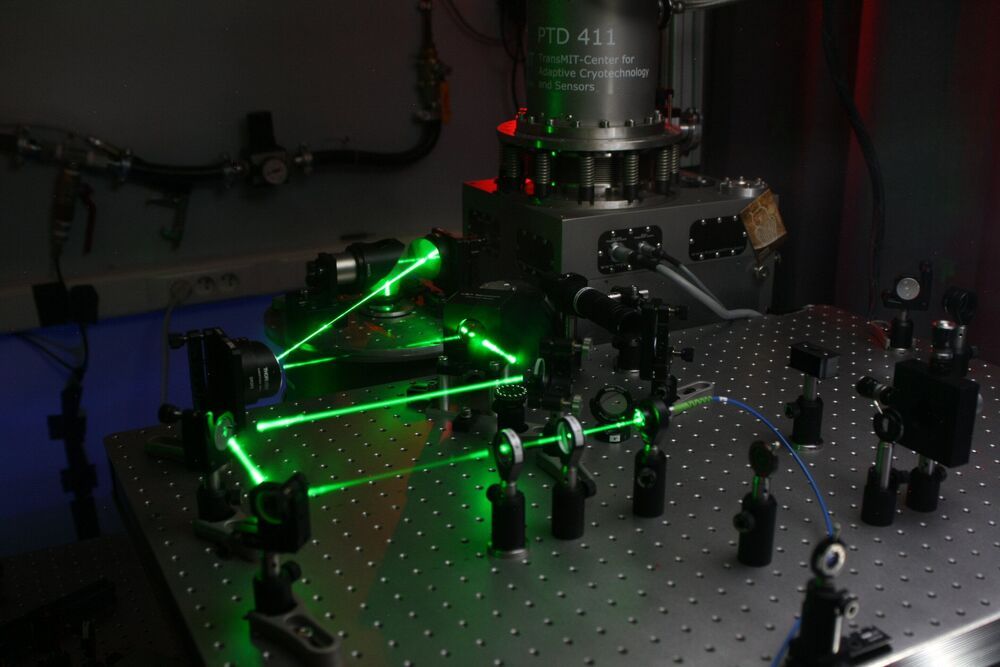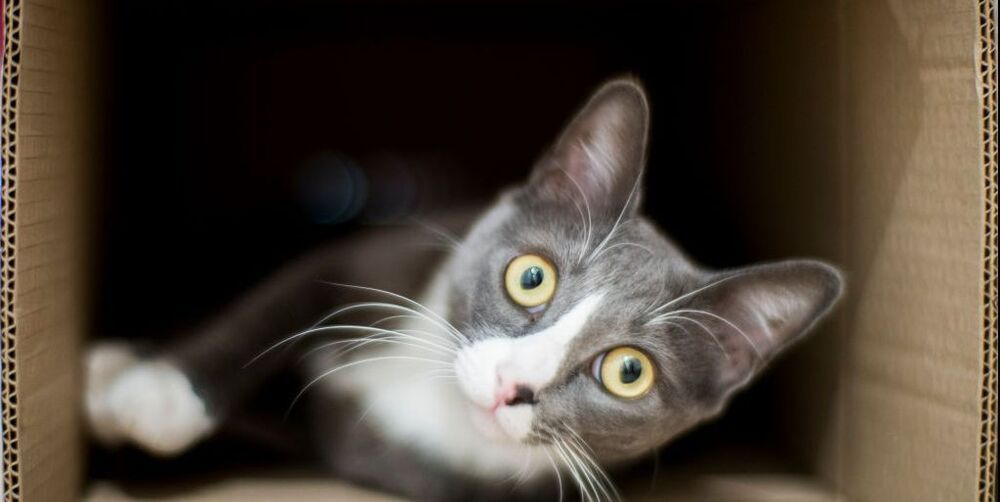Two teams found different ways for quantum computers to process nonlinear systems by first disguising them as linear ones.



Silicon has proved to be a highly valuable and reliable material for fabricating a variety of technologies, including quantum devices. In recent years, researchers have also been investigating the possible advantages of using individual artificial atoms to enhance the performance of silicon-based integrated quantum circuits. So far, however, single qubits with an optical interface have proved difficult to isolate in silicon.
Researchers at Université de Montpellier and CNRS, University Leipzig and other universities in Europe have recently successfully isolated single, optically active artificial atoms in silicon for the first time. Their paper, published in Nature Electronics, could have important implications for the development of new silicon-based quantum optics devices.
“Our study was born from the will to isolate new individual artificial atoms with a telecom optical interface in a material suitable for large-scale industrial processes,” Anaïs Dr.éau, one of the researchers who carried out the study, told TechXplore. “We are used to investigating these quantum systems, but in wide-bandgap semiconductors, such as diamond or hexagonal boron nitride. Although silicon is the most widespread material within the microelectronics industry, so far no light emitter has been reported in this small-bandgap semiconductor.”

Just say no to cat murder.
One of the first times quantum mechanics entered popular culture, “Schrödinger’s Cat” remains a puzzling thought experiment in which a poor cat’s fate remains unknown inside a box. But scientists now say that the paradox at the heart of the puzzle could be determined ahead of time, or even reversed.
First, a recap of Schrodinger’s Cat. Created by Austrian physicist Erwin Schrödinger in 1935, it looks at a theory of quantum mechanics known as the Copenhagen interpretation. According to the Copenhagen interpretation, a quantum system will exist in superposition up until the moment it interacts with the real observable world in any way. When discussing quantum theory, the Institute of Physics says that a superposition is the idea that a particle can be in two places at once.



Scientists at Freie Universität Berlin develop a deep learning method to solve a fundamental problem in quantum chemistry.
A team of scientists at Freie Universität Berlin has developed an artificial intelligence (AI) method for calculating the ground state of the Schrödinger equation in quantum chemistry. The goal of quantum chemistry is to predict chemical and physical properties of molecules based solely on the arrangement of their atoms in space, avoiding the need for resource-intensive and time-consuming laboratory experiments. In principle, this can be achieved by solving the Schrödinger equation, but in practice this is extremely difficult.
Up to now, it has been impossible to find an exact solution for arbitrary molecules that can be efficiently computed. But the team at Freie Universität has developed a deep learning method that can achieve an unprecedented combination of accuracy and computational efficiency. AI has transformed many technological and scientific areas, from computer vision to materials science. “We believe that our approach may significantly impact the future of quantum chemistry,” says Professor Frank Noé, who led the team effort. The results were published in the reputed journal Nature Chemistry.
Researchers recently resolved a long-standing question in quantum physics, about how long it takes a single atom to tunnel through a barrier.
Scientists are edging closer to making a super-secure, super-fast quantum internet possible: they’ve now been able to ‘teleport’ high-fidelity quantum information over a total distance of 44 kilometres (27 miles).
Both data fidelity and transfer distance are crucial when it comes to building a real, working quantum internet, and making progress in either of these areas is cause for celebration for those building our next-generation communications network.
In this case the team achieved a greater than 90 percent fidelity (data accuracy) level with its quantum information, as well as sending it across extensive fibre optic networks similar to those that form the backbone of our existing internet.

While many institutions are developing quantum computers, making a quantum internet requires a way to transfer the information between computers. This is accomplished by a phenomenon called quantum teleportation, in which two atoms separated by large distances are made to act as if they are identical.
Don Lincoln writes about recent research that has brought us closer to actualizing the goal of a quantum internet, giving us both hope and fear about what it could mean for the future.

Diamond is the hardest material in nature. But out of many expectations, it also has great potential as an excellent electronic material. A joint research team led by City University of Hong Kong (CityU) has demonstrated for the first time the large, uniform tensile elastic straining of microfabricated diamond arrays through the nanomechanical approach. Their findings have shown the potential of strained diamonds as prime candidates for advanced functional devices in microelectronics, photonics, and quantum information technologies.
The research was co-led by Dr. Lu Yang, Associate Professor in the Department of Mechanical Engineering (MNE) at CityU and researchers from Massachusetts Institute of Technology (MIT) and Harbin Institute of Technology (HIT). Their findings have been recently published in the prestigious scientific journal Science, titled “Achieving large uniform tensile elasticity in microfabricated diamond”.
“This is the first time showing the extremely large, uniform elasticity of diamond by tensile experiments. Our findings demonstrate the possibility of developing electronic devices through ‘deep elastic strain engineering’ of microfabricated diamond structures,” said Dr. Lu.